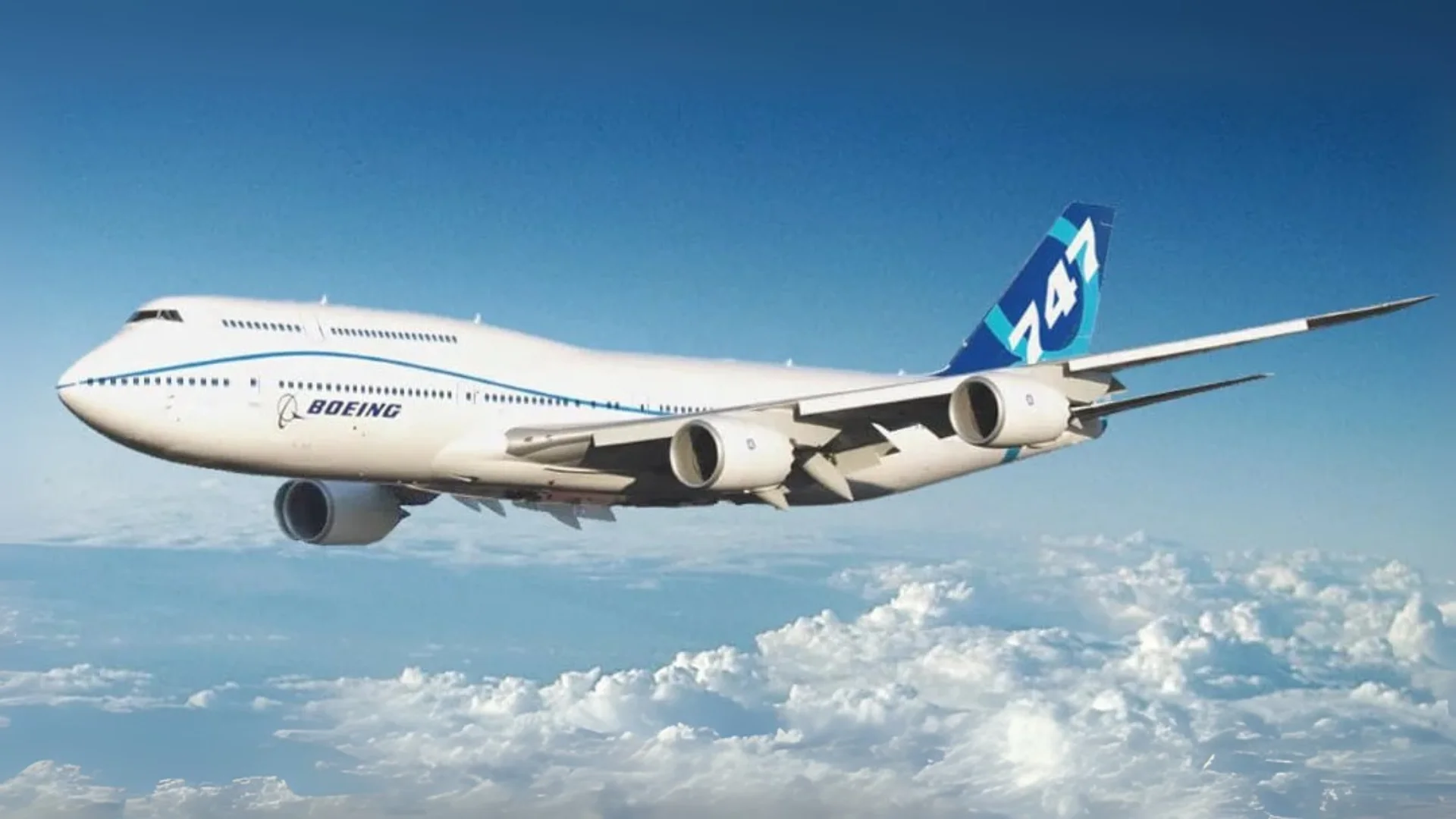The Boeing 747, known for its four engines, was designed during the 1960s to meet specific performance requirements. The choice of four engines was influenced by the engine technology available at the time, which did not allow for sufficient power with fewer engines. This design decision was made to fulfill the needs of the United States Air Force's strategic airlifter requirement in 1963.
Boeing's design incorporated features like a nose door and raised cockpit from its military project into the civil 747 airliner after losing a contract to Lockheed. During this period, advancements were being made in high-bypass turbofan engines. Pratt & Whitney developed the JT9D engine for Boeing's 747, marking it as the first high-bypass ratio jet engine to power a widebody airliner.
The Boeing 747-100 variant had a seating capacity of around 366 passengers and could cover a range of 4,620 nautical miles. Its maximum takeoff weight was recorded at 735,000 pounds. The aircraft needed four JT9D engines to meet these specifications.
 Alerts Sign-up
Alerts Sign-up





































